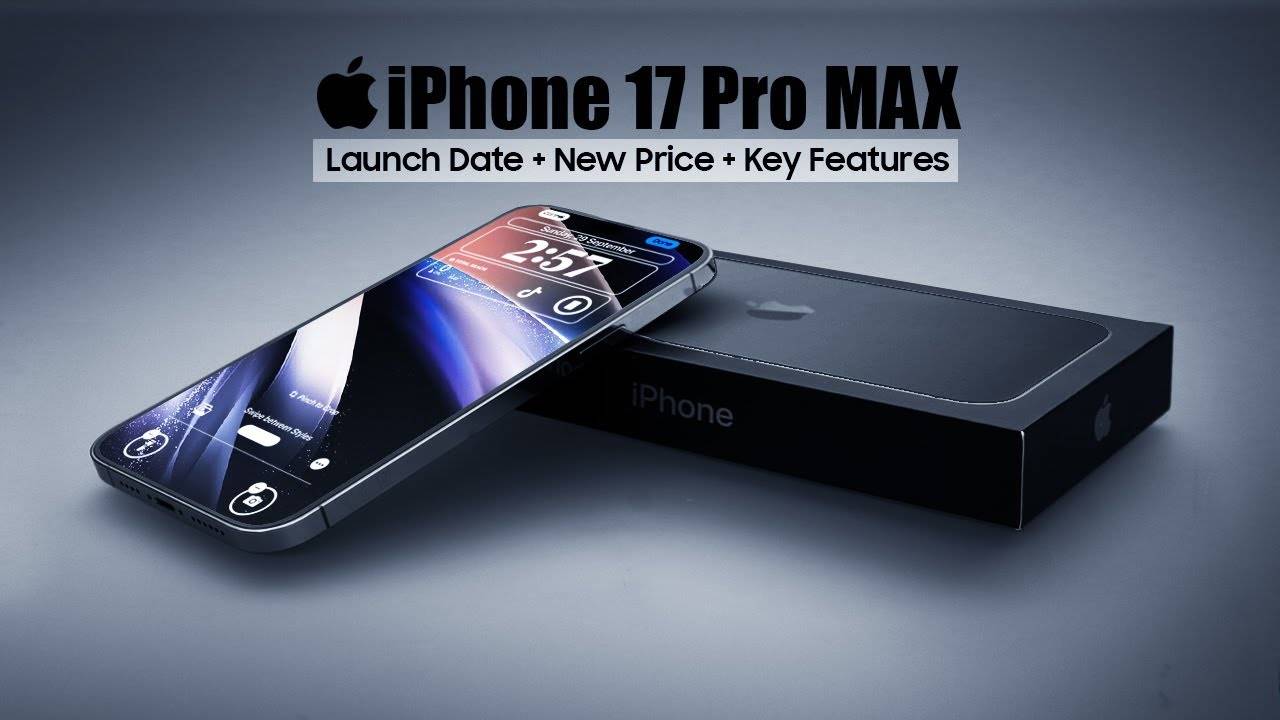The smartphone battle of 2025 is heating up with two highly anticipated releases: Apple’s iPhone 17 and Google’s Pixel 10. Both flagships are expected to launch at a competitive $799 price point, making this comparison especially important for consumers looking for premium features without breaking the bank.
The iPhone 17 promises significant design refinements and a long-awaited display upgrade, while Google’s Pixel 10 introduces its first fully custom-designed Tensor G5 chip, marking a pivotal moment in Android evolution.
Physical Dimensions Comparison iPhone 17 Pro and Pixel 10 Pro
| Specification | iPhone 17 | Pixel 10 |
|---|---|---|
| Thickness | 7.2mm | 8.5mm |
| Weight | 162g | 200g |
| Dimensions | 147.6 x 71.6mm | 152.8 x 72mm |
| Water Resistance | IP68 | IP68 |
Apple is adopting the ultra-thin design philosophy with the iPhone 17, making its remarkable 7.2mm profile the thinnest iPhone in years. Its lightweight titanium construction gives it a premium feel and makes it durable too.
Google has retained its distinctive horizontal camera bar design with Gorilla Glass Victus 2 protection, though it is noticeably heavier than Apple’s counterpart.
Screen Specifications
Both devices feature 120Hz OLED displays, but with key differences:
| Feature | iPhone 17 | Pixel 10 |
|---|---|---|
| Size | 6.27″ | 6.3″ |
| Peak Brightness | 2,000 nits | 2,700 nits |
| Refresh Rate | 120Hz | 120Hz |
| Technology | LTPO OLED | LTPO OLED |
Pixel 10’s improved brightness performance and improved PWM flicker handling provide better outdoor visibility and reduce eye strain during extended use.
Chipset Comparison
The iPhone 17 features Apple’s sophisticated A3 processor based on 19nm technology, while Google has introduced its fully custom Tensor G5 chip manufactured by TSMC.
Key performance metrics:
iPhone 17: Improved thermal efficiency, 12GB LPDDR5X RAM
Pixel 10: First fully custom Google silicon, improved AI processing capabilities
Both devices support 7 years of software updates, ensuring long-term value for consumers.
Photography Capabilities
| Camera Type | iPhone 17 | Pixel 10 |
|---|---|---|
| Main | 48MP | 50MP Samsung GN8 |
| Ultra-wide | 12MP | 13MP Sony IMX712 |
| Telephoto | None | 11MP Samsung 3J1 |
| Front | 24MP | 10MP |
The Pixel 10 features a triple-camera system for the first time, including a dedicated telephoto lens. However, Google’s decision to use sensors from its mid-range lineup raises questions about flagship-level performance.
Apple is focusing on improving computational photography and an upgraded 24MP selfie camera for better video calling and content creation.
Power Management
| Specification | iPhone 17 | Pixel 10 |
|---|---|---|
| Battery Capacity | ~3,600mAh | 4,700mAh |
| Wired Charging | 27W | 30W |
| Wireless Charging | 21W MagSafe | 27W Qi2 |
Despite the smaller battery, Apple’s excellent power optimization usually delivers competitive battery life. The Pixel 10’s larger capacity and faster charging speeds offer practical benefits for heavy users.
Price and availability
Both smartphones target the flagship segment with a price tag of $799, although rumours suggest they could see a $100 price hike. The iPhone 17 will launch this fall, while the Pixel 10 won’t arrive until August 2025.
Frequently Asked Questions
Q: Which phone offers better value for money?
A: The Pixel 10 has more hardware features including a telephoto camera and a bigger battery, while the iPhone 17 offers better build quality and longer-lasting software support.
Q: Will the iPhone 17 finally get a telephoto camera?
A: No, Apple is sticking to the dual-camera system and focusing on improving computational photography.
Q: How does the new Tensor G5 compare to Apple’s A19?
A: The Tensor G5 represents Google’s first fully custom design, while Apple’s A19, based on its experience in chip development, is able to maintain better raw performance and efficiency.
